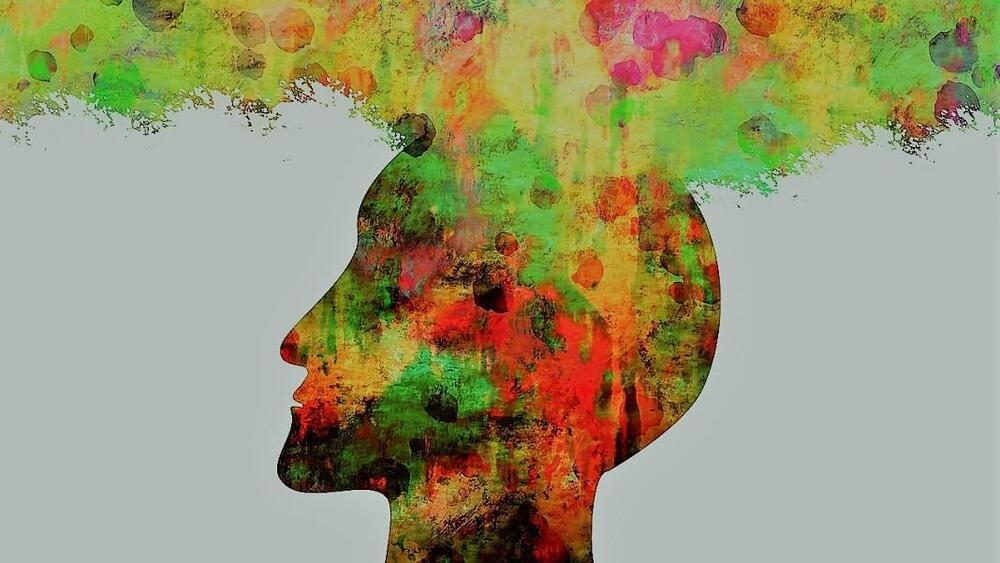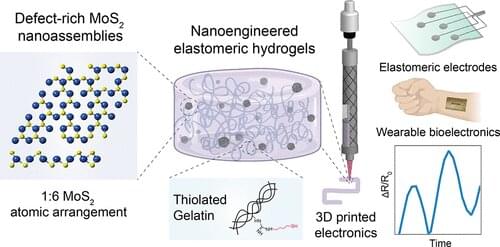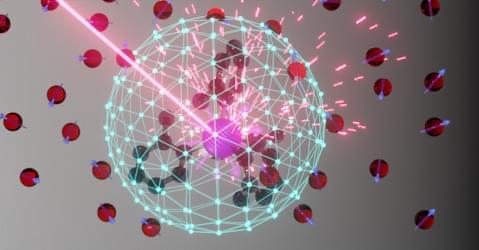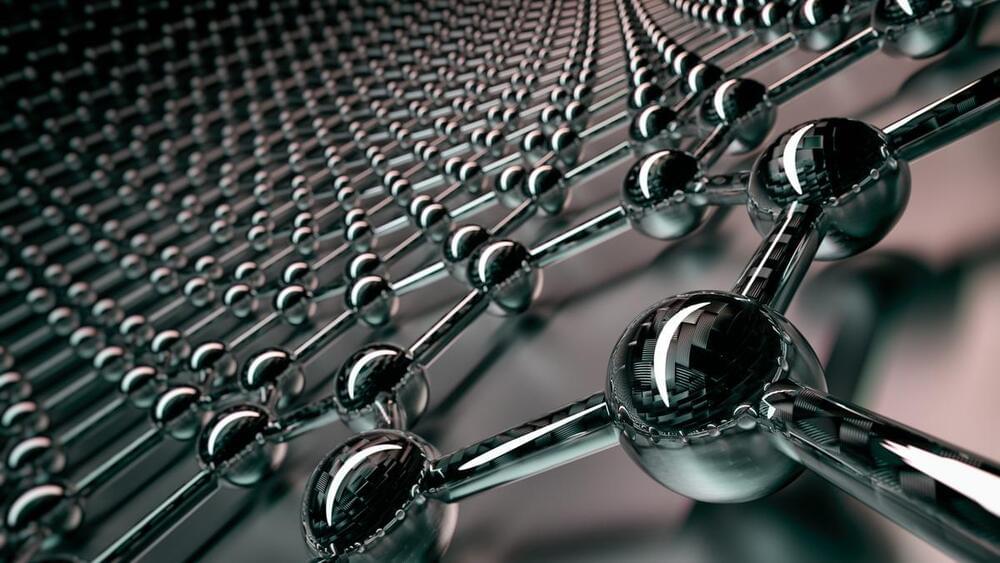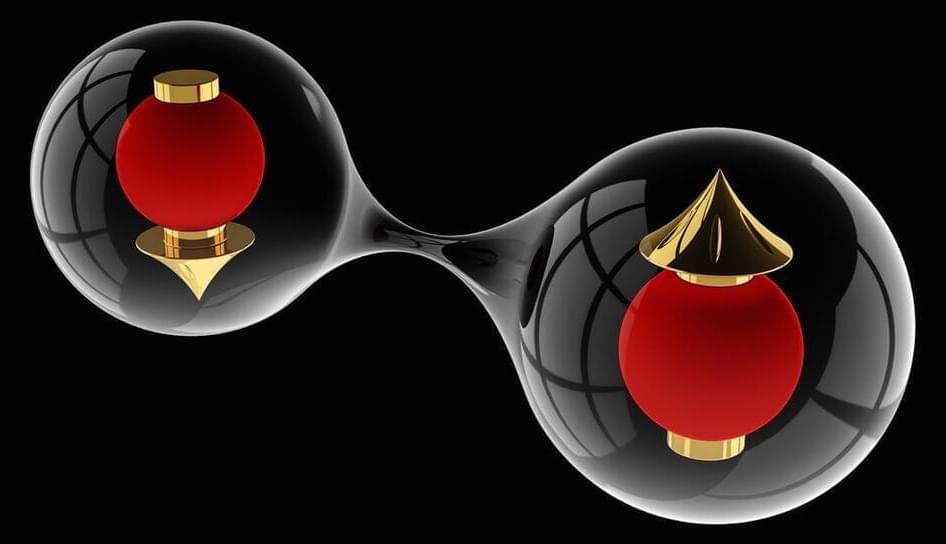The Brain Chemical Involved in Consciousness
So how do we help these people? The brain is more than just a congregation of different areas. Brain cells also rely on a number of chemicals to communicate with other cells, enabling a number of brain functions. Before our study, there was already some evidence that dopamine, well known for its role in reward, also plays a role in disorders of consciousness.
For example, one study showed that dopamine release in the brain is impaired in minimally conscious patients. Moreover, a number of small-scale studies have shown that patients’ consciousness can improve by giving them drugs that act through dopamine.
